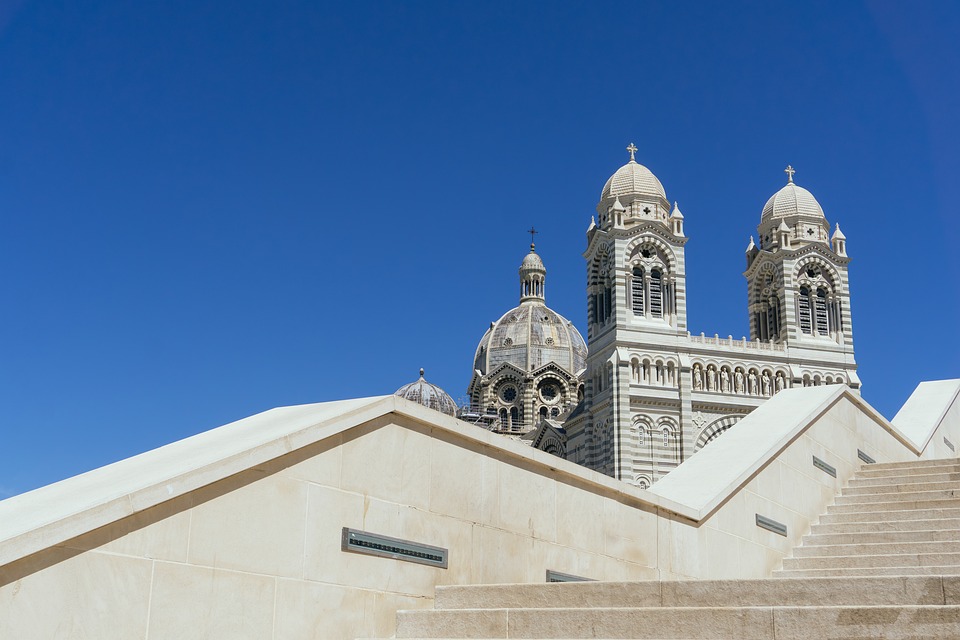From its Medieval Roots to Modern Times: A Brief History of Teruel Province
Teruel Province, located in the autonomous community of Aragon in northeastern Spain, has a rich history that dates back to medieval times. The province is known for its picturesque landscapes, historic buildings, and unique cultural heritage. From battles fought in ancient times to modern developments, Teruel Province has evolved over the centuries into the thriving region it is today.
Medieval Origins
The origins of Teruel Province can be traced back to the Middle Ages when it was part of the Kingdom of Aragon. The province was founded in the 12th century by King Alfonso II of Aragon, who established it as a strategic stronghold to defend against Moorish invasions from the south. Teruel quickly grew in importance as a center of trade and commerce, thanks to its location along important trade routes.
During the medieval period, Teruel Province was a melting pot of cultures, with Christians, Muslims, and Jews coexisting in relative harmony. The province was known for its diverse population and flourishing arts and literature, with a number of famous poets and writers hailing from the region.
War and Rebuilding
Throughout its history, Teruel Province has been the site of numerous conflicts and battles. One of the most famous battles took place during the Spanish Civil War in the winter of 1937, when the city of Teruel was the scene of a fierce battle between Republican and Nationalist forces. The battle resulted in the near-destruction of the city, with many historic buildings being damaged or destroyed.
After the war, Teruel Province underwent a period of rebuilding and reconstruction. Efforts were made to restore the damaged buildings and infrastructure, preserving the historic character of the region while also modernizing and improving amenities for residents and visitors.
Modern Developments
In recent years, Teruel Province has experienced a resurgence of interest and investment, with a focus on promoting tourism, agriculture, and sustainable development. The province is known for its stunning natural landscapes, including the Sierra de Albarracín mountain range and the Maestrazgo region, which offer opportunities for outdoor activities such as hiking, cycling, and birdwatching.
The city of Teruel itself has undergone a transformation, with the historic center being designated a UNESCO World Heritage Site in recognition of its well-preserved medieval architecture and cultural significance. The city is also home to a number of museums, art galleries, and cultural events that celebrate the region’s heritage and artistic traditions.
Cultural Heritage
Teruel Province is known for its unique cultural heritage, with a distinct blend of Spanish, Moorish, and Jewish influences. The province is home to a number of historic sites and monuments, including the Mudejar architecture of Teruel, the medieval village of Albarracín, and the Romanesque churches of the Maestrazgo region.
The province is also known for its traditional festivals and celebrations, such as the Semana Santa (Holy Week) processions, the Fiestas del Angel in Teruel, and the Festivity of San Roque in Albarracín. These events showcase the rich cultural heritage of the region and bring together residents and visitors to celebrate their shared history and traditions.
Economic Development
In addition to its cultural and historical attractions, Teruel Province is also known for its thriving economy, with a focus on agriculture, tourism, and renewable energy. The province is a major producer of agricultural products such as olive oil, wine, and almonds, which are exported to markets around the world.
The region is also investing in renewable energy sources, with wind farms and solar power plants helping to reduce dependence on fossil fuels and promote sustainable development. These initiatives have created new opportunities for residents and businesses, while also protecting the environment and preserving the natural beauty of the region.
Conclusion
From its medieval roots to modern times, Teruel Province has evolved into a vibrant and diverse region with a rich cultural heritage and thriving economy. The province’s historic buildings, natural landscapes, and traditional festivals attract visitors from around the world, while its innovative approach to economic development and sustainability ensures a bright future for generations to come. Teruel Province is a true gem of northeastern Spain, where the past meets the present in a seamless blend of tradition and progress.
